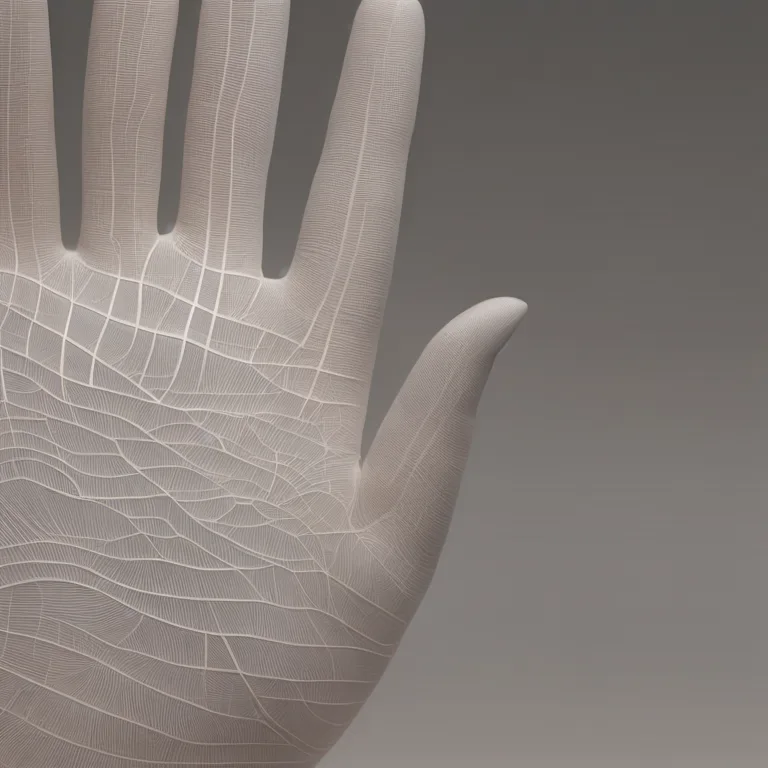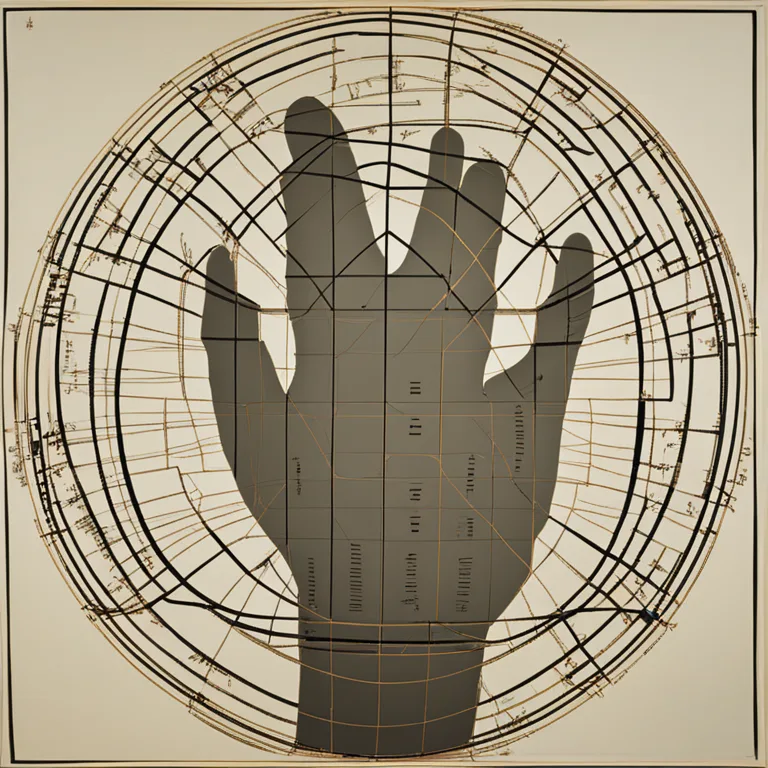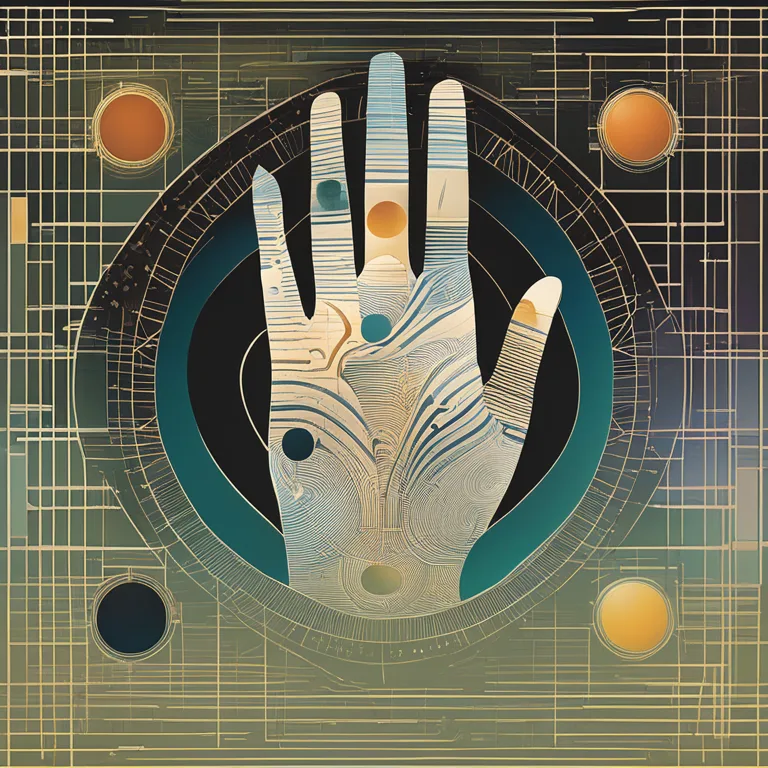
Palmistry & Parenthood: Predicting Your Number of Children
Discover what palmistry says about family size as we delve into palm lines that reveal insights into potential parenthood and child count.
article by Nora Pennington
Palm Lines and Fertility Indicators
Palmistry, also known as chiromancy, is the art of analyzing an individual's palm to interpret personality traits and predict future occurrences. As we delve into the nuances of this ancient practice, a common inquiry among enthusiasts and expectant parents revolves around the lines said to signify the number of children one might have. Traditionally, these lines are known as "Children Lines," located perpendicularly to the affection lines, often called the "Marriage Lines," which are found just below the base of the little finger.

Interpreting Children Lines
The Children Lines are fine and vertical lines that are scrutinized to predict the number of offspring. A pronounced line is typically associated with a strong, healthy, and vital child. The clarity and depth of these lines are believed to denote the well-being and bonds with potential children. However, it's important to note that modern palmists consider various factors beyond the traditional interpretations, advocating a more holistic and less deterministic approach.

Modern Palmistry Approach
Contemporary palmistry has shifted towards a less prescriptive interpretation of what each line represents, acknowledging that a multitude of variables, including medical and lifestyle factors, influence fertility and family size. As societal norms evolve and with the advent of reproductive technologies, the number of biological, adopted, or fostered children can vary widely, making the literal count of Children Lines in palmistry more of a suggestion than a set prediction.

Gender and Line Interpretation
Earlier palmistry traditions also claimed the possibility of distinguishing the gender of future children by observing the depth or fineness of the individual Children Lines. However, in our modern context, this notion is seen as outdated, with the understanding that gender is a complex interplay of biological, identity, and societal factors that cannot be discerned from palm lines.

Other Influencing Factors
In palmistry, it's advised to consider the whole hand and other lines for a more comprehensive reading. Factors like the Line of Heart, and the strength of the Venus mount (the fleshy part at the base of the thumb) can also offer insights into one's capacity for nurturing, love, and relationships—all of which are components that could indirectly relate to parenthood.
Scientific Scrutiny and Palmistry
Despite palmistry's appeal, it remains a pseudoscience with no empirical evidence to support its accuracy. Many skeptics and scientific communities refute the claims palmists make. While palmistry can be enjoyable and enriching for personal introspection, it's crucial to engage with it as a form of entertainment or self-reflection rather than a concrete diagnostic tool.
Closing Thoughts on Parents and Palmistry
Whether you're planning a family or simply curious about what your palms might say regarding potential offspring, palmistry offers an intriguing avenue to explore these questions. Always remember that life's richness and the joys of parenthood cannot be compacted into a few fine lines. As with all divination practices, it’s the insight and personal introspection that palmistry promotes which is its true value.
Published: 1/3/2024
Modified: 1/3/2024
More predictions
Come back here soon to learn more about yourself and your future


The Mystery of Lineless Palms
Explore the rare phenomenon of palms without lines and what it might signify in palmistry traditions.


Palmistry Guide: First Steps in Hand Analysis
Embark on a journey into palmistry with our beginner's guide, mastering the essentials of palm reading for insights into personality and destiny.


The Language of Palmistry Fingers: A Comprehensive Guide
Delve into the significance of fingers in palmistry and what they reveal about our personalities and futures